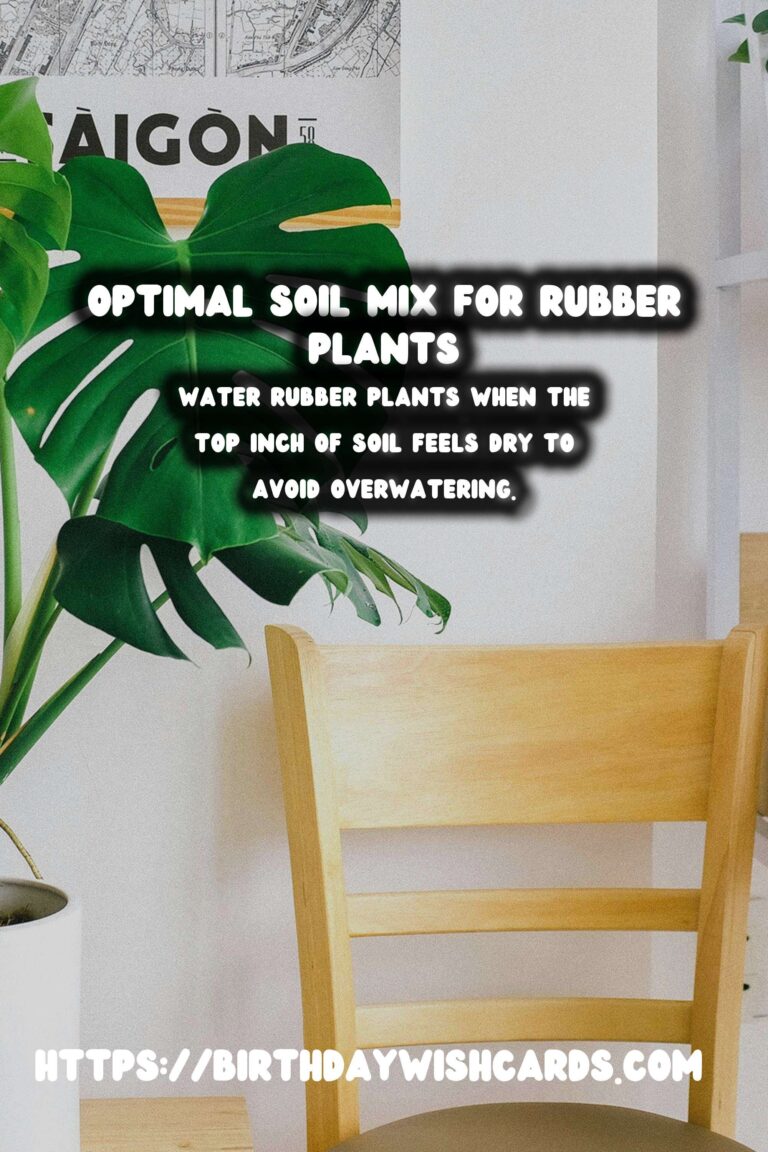
Rubber plants, known scientifically as Ficus elastica, are popular houseplants due to their attractive foliage and robust nature. While they are relatively easy to care for, providing the right soil mix is crucial for their health and growth. In this comprehensive guide, we’ll explore the best soil mix for rubber plants, along with tips on how to maintain them.
Understanding the Needs of Rubber Plants
Before delving into the specifics of soil mix, it’s important to understand the basic requirements of rubber plants. Native to Southeast Asia, these plants thrive in warm and humid environments. As tropical plants, they prefer well-draining soil that can retain some moisture without becoming waterlogged.
Components of the Ideal Soil Mix
The best soil mix for rubber plants comprises several components that cater to their specific needs:
1. Peat Moss
Peat moss is an excellent base for potting soil as it retains moisture while allowing excess water to drain. It provides a slightly acidic environment, which rubber plants prefer.
2. Perlite
Perlite is a lightweight volcanic material that enhances aeration and drainage in the soil. Including perlite in the mix prevents compaction and promotes healthy root growth.
3. Pine Bark
Pine bark adds texture to the soil, improving aeration and drainage. It also contributes organic matter, which breaks down over time to nourish the plant.
4. Coarse Sand
Incorporating coarse sand into the soil mix ensures excellent drainage, preventing root rot caused by excess water. It also adds weight, stabilizing the plant in its container.
Preparing the Soil Mix
To prepare the ideal soil mix for rubber plants, combine the components in the following ratio:
- 40% Peat Moss
- 20% Perlite
- 20% Pine Bark
- 20% Coarse Sand
Mix these ingredients thoroughly to ensure even distribution, creating a balanced environment for your plant.
Planting and Repotting Rubber Plants
When planting or repotting rubber plants, choose a pot with drainage holes to facilitate excess water escape. Fill the pot with the prepared soil mix, ensuring the plant sits at the same depth as in its previous container. Firm the soil gently around the base and water thoroughly.
Maintaining Your Rubber Plant
Once your rubber plant is potted in the right soil mix, ongoing care is essential to keep it thriving:
Watering
Water rubber plants when the top inch of soil feels dry. Avoid overwatering, as this can lead to root rot.
Lighting
Place your rubber plant in a location with bright, indirect sunlight. Too much direct sunlight can scorch the leaves, while insufficient light may slow growth.
Humidity
Rubber plants appreciate higher humidity levels. Consider misting the leaves or using a humidity tray to create a favorable environment.
Fertilizing
Feed your rubber plant with a balanced liquid fertilizer every month during the growing season (spring and summer) to support vigorous growth.
Common Issues and Solutions
Despite their resilience, rubber plants can encounter issues if not properly cared for. Here are some common problems and their solutions:
Yellowing Leaves
Yellow leaves may indicate overwatering or poor drainage. Ensure the soil is well-draining and reduce watering frequency.
Drooping Leaves
Drooping leaves can be a sign of underwatering. Check the soil moisture and adjust your watering routine accordingly.
Pest Infestations
Rubber plants can attract pests like spider mites and mealybugs. Regularly inspect the foliage and treat infestations promptly with insecticidal soap or neem oil.
Conclusion
Providing the best soil mix for your rubber plant is key to ensuring its health and vitality. By understanding their needs and maintaining the right growing conditions, you can enjoy the beauty of these stunning plants in your home for years to come.
Rubber plants, known scientifically as Ficus elastica, are popular houseplants due to their attractive foliage and robust nature. The best soil mix for rubber plants comprises peat moss, perlite, pine bark, and coarse sand. Water rubber plants when the top inch of soil feels dry to avoid overwatering. Place your rubber plant in a location with bright, indirect sunlight. Yellow leaves may indicate overwatering or poor drainage. 
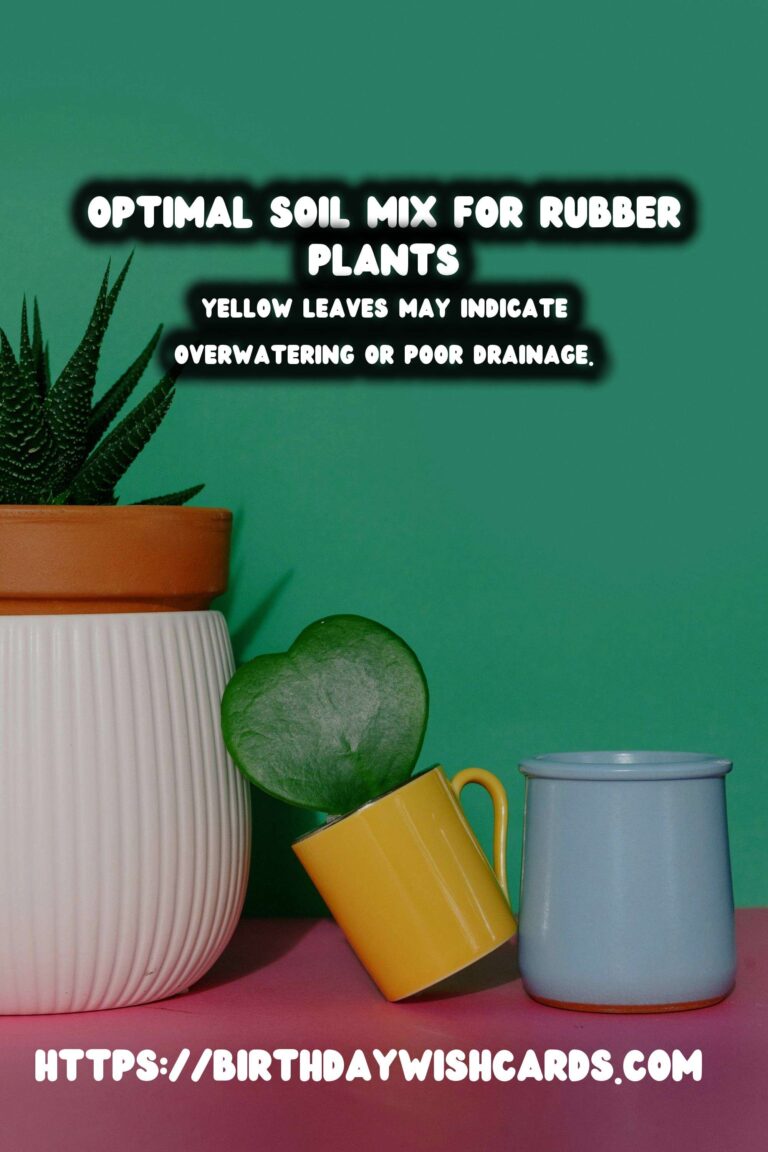

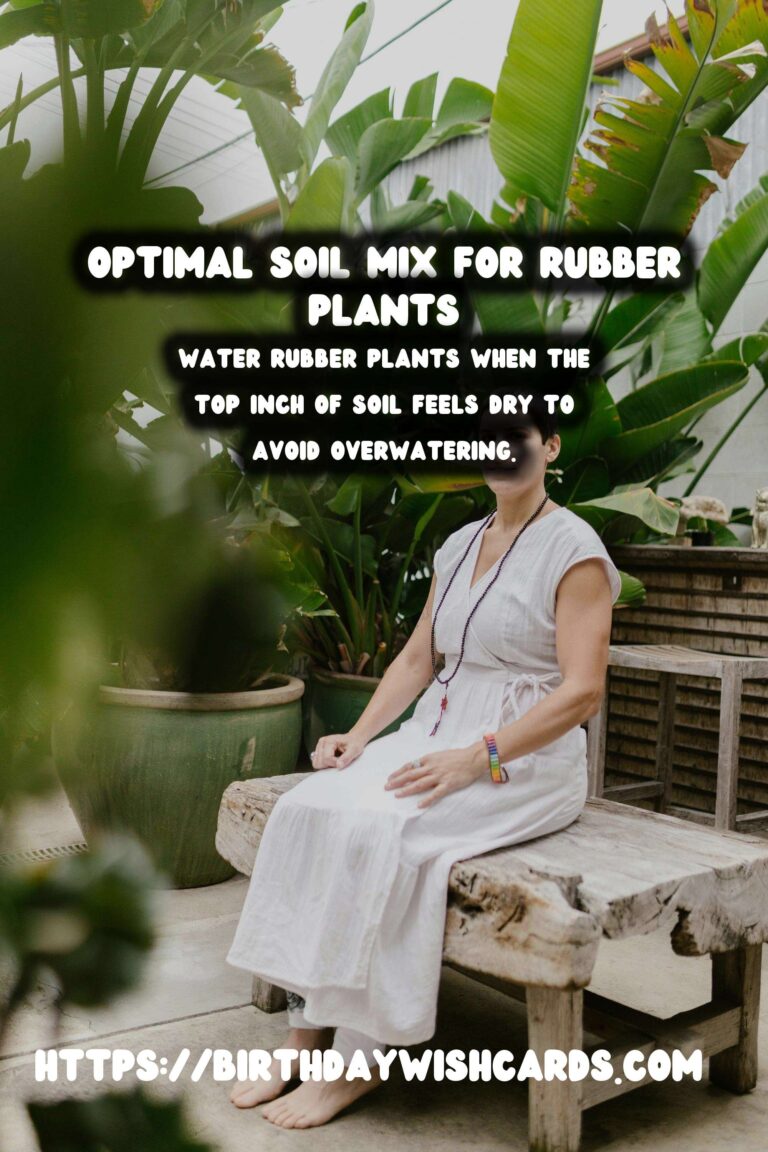
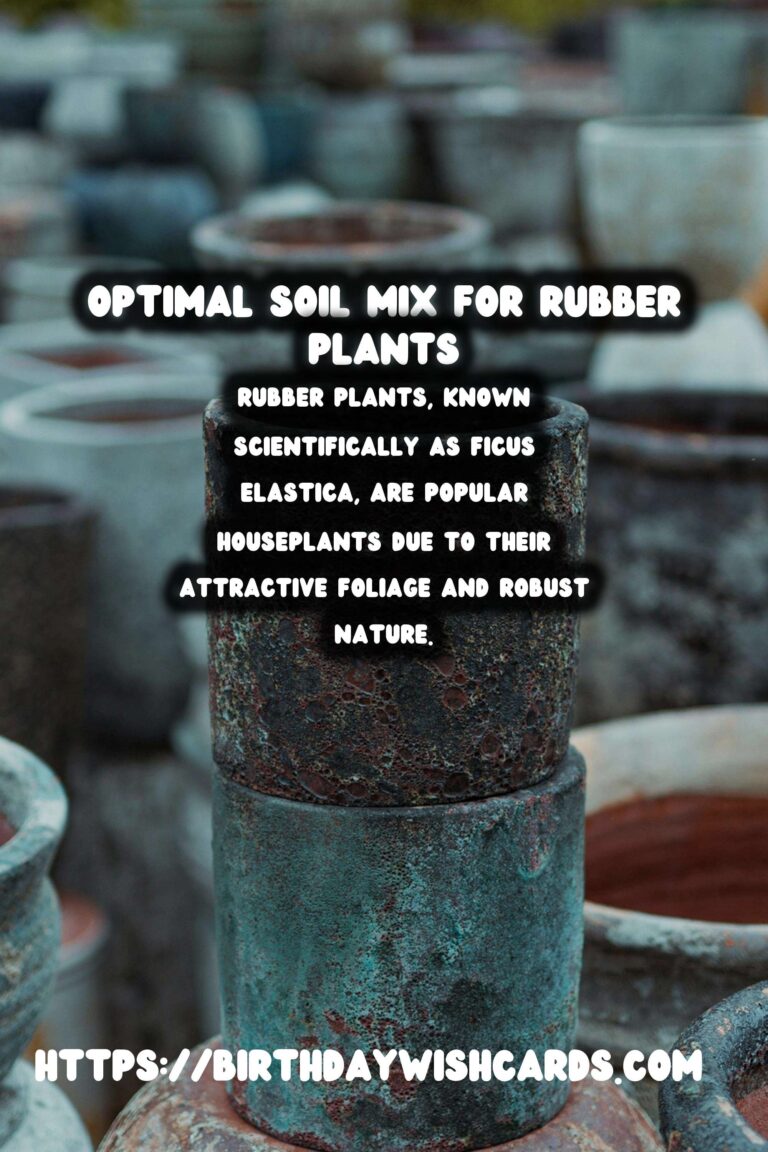
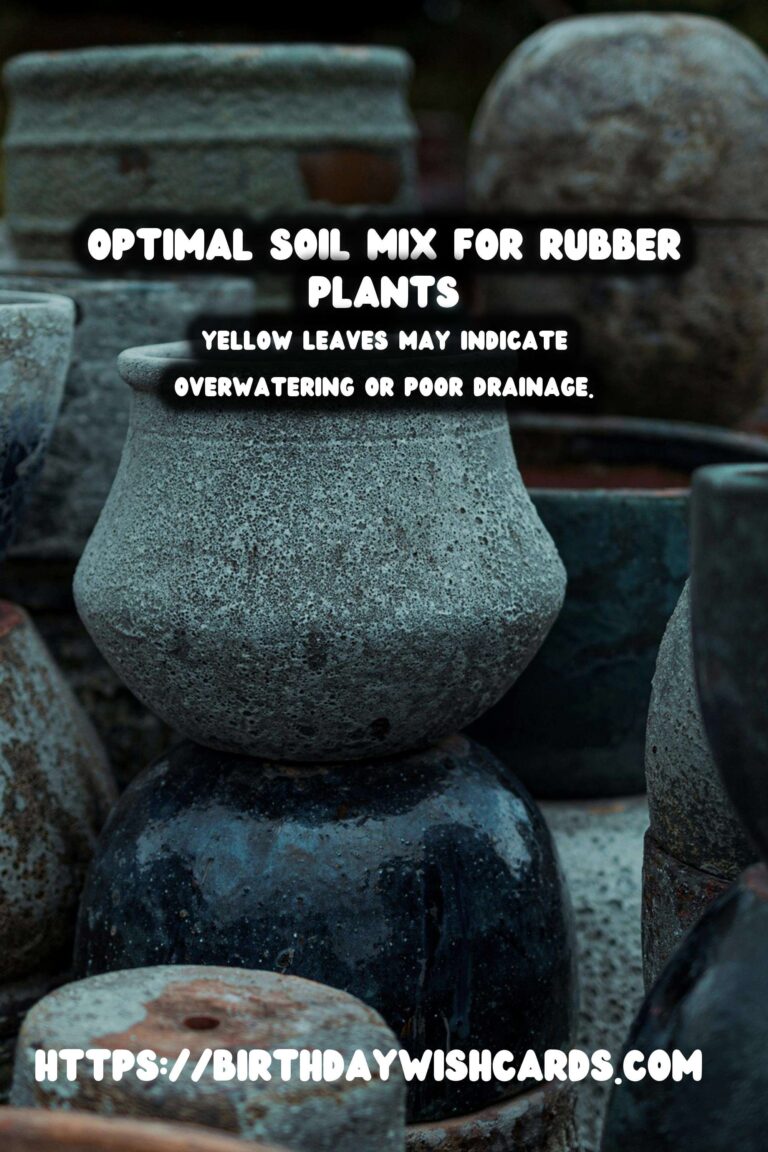
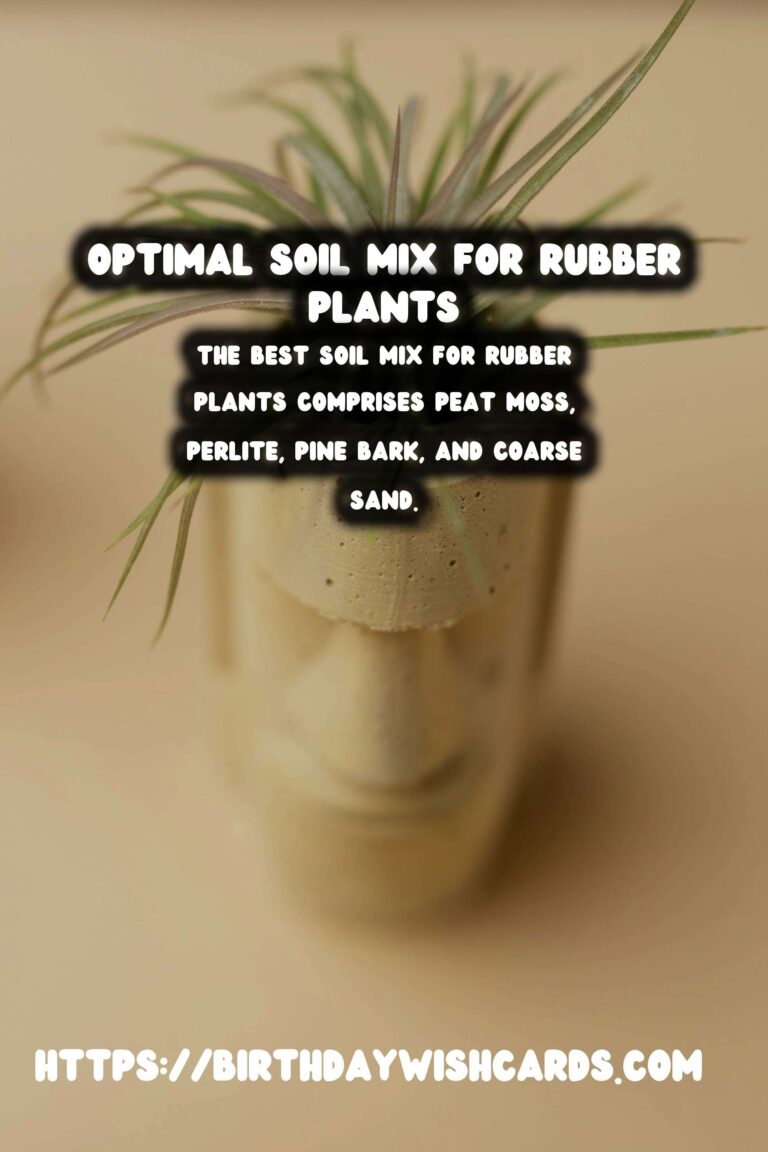

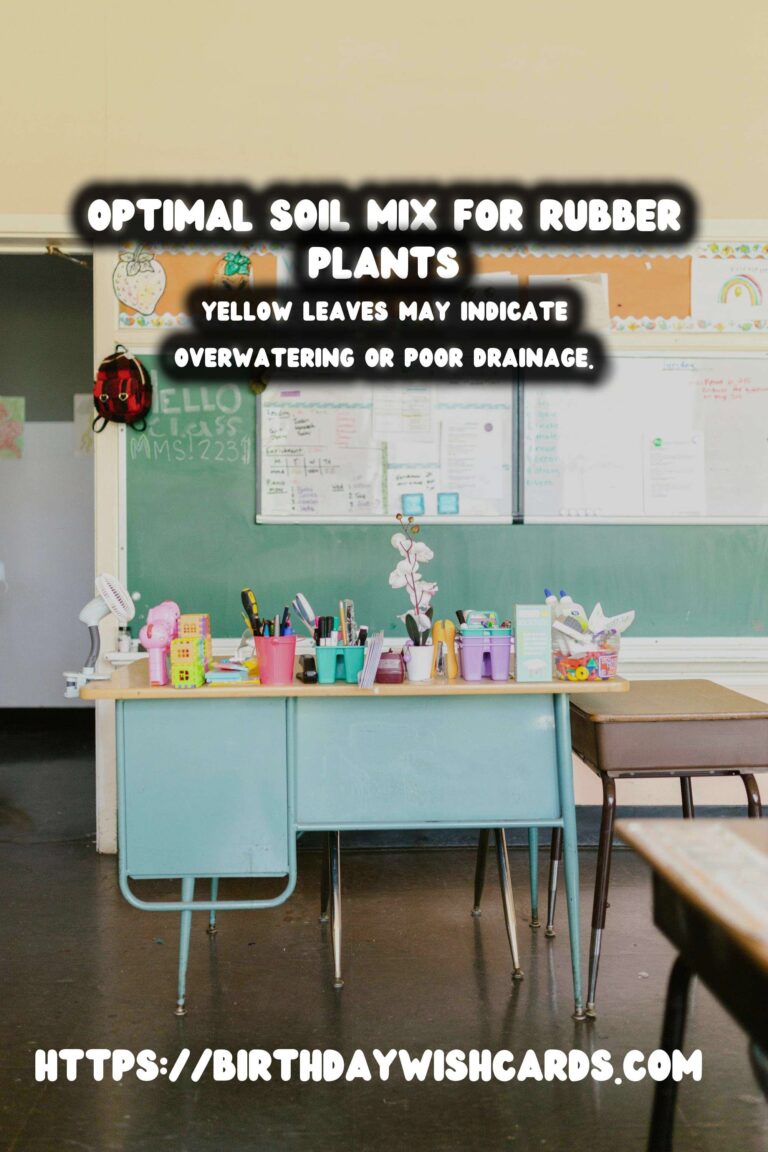

#RubberPlants #Houseplants #GardeningTips #PlantCare #SoilMix




